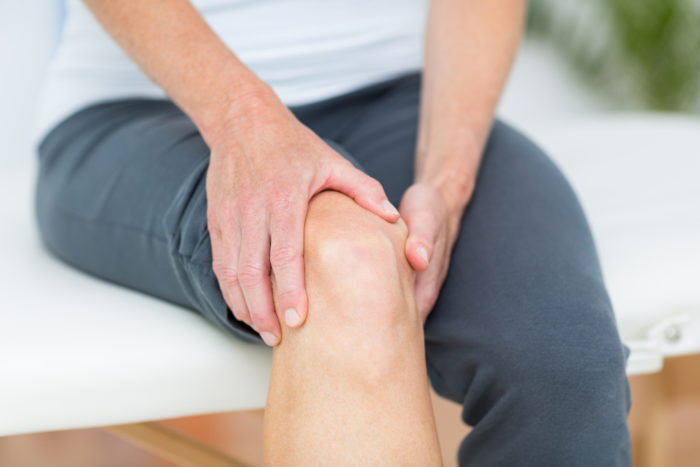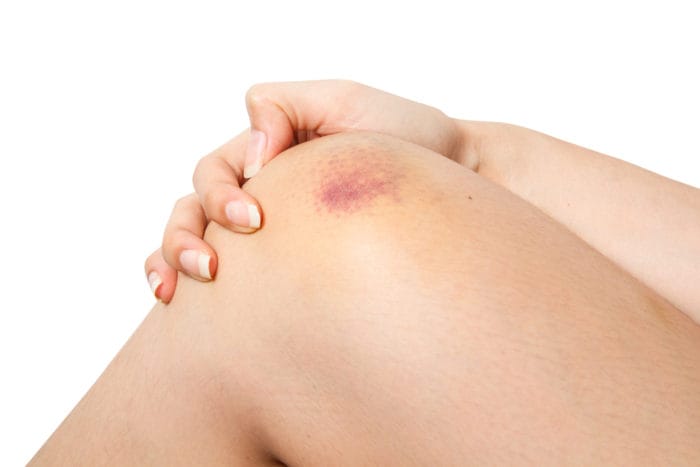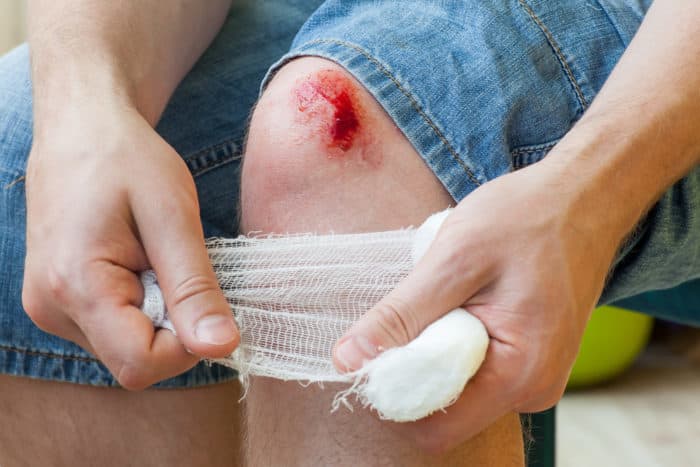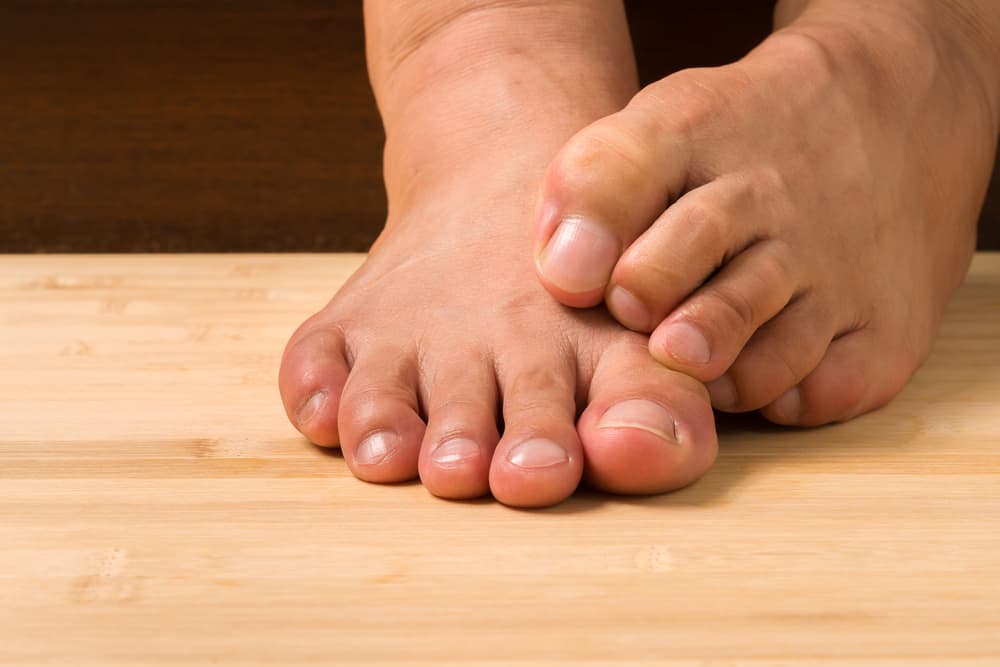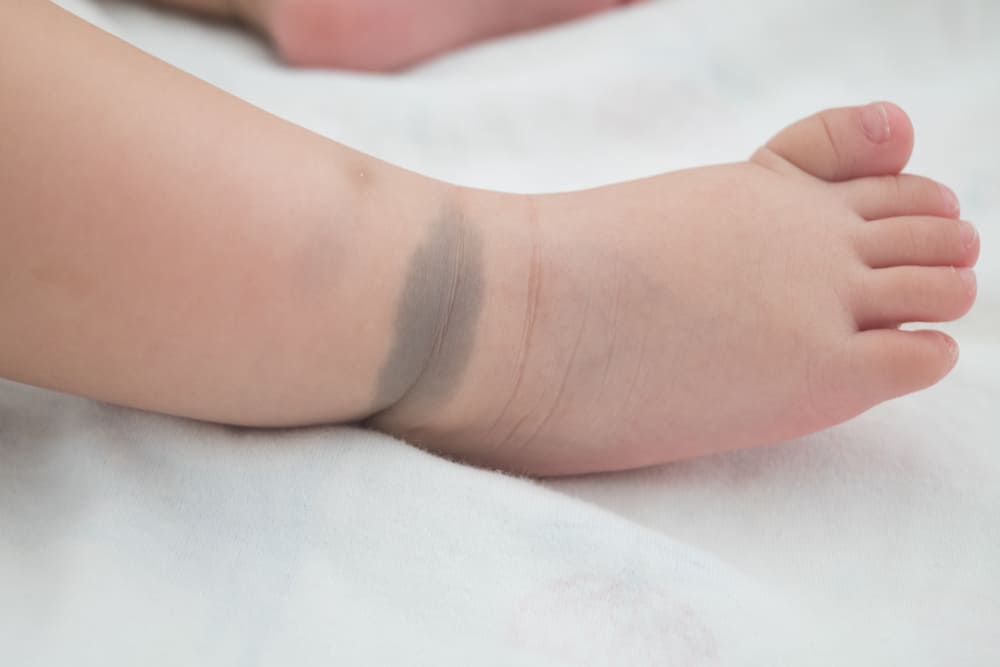Contents:
- Medical Video: Ehlers Danlos Syndrome: Hypermobility
- Ehlers Danlos syndrome is a disorder of the connective tissue in the body
- What are the symptoms of EDS syndrome?
- 1. EDM Hypermobility
- 2. Classic EDS
- 3. Vascular EDS
- 4. EDS Kifoskoliotics
- How to treat EDS syndrome?
Medical Video: Ehlers Danlos Syndrome: Hypermobility
The human body consists of various types of tissue, one of which is connective tissue. As the name suggests, this network functions to bind, support, and hold skin, tendons, ligaments, internal organs, and bones. Well, this important network turns out to have a disorder known as Ehlers Danlos syndrome (EDS). Curious about this disease? Come on, find out the explanation in the following review.
Ehlers Danlos syndrome is a disorder of the connective tissue in the body
Ehlers Danlos syndrome is a rare disease that affects connective tissue in the body. Especially on the skin, joints and blood vessel walls. This network consists of a mixture of cells, fibers, proteins known as collagen, and other substances that provide strength and elasticity to the structures in the body. Disruption of connective tissue due to genetic abnormalities causes tissue function to be not optimal.
People with this syndrome usually have joints that are too flexible and easily brittle skin. When the body is injured and requires stitching, the skin is often torn because it is not strong enough to hold it.
In many cases, EDS syndrome can be inherited in the family. However, this disease can also occur without being inherited. That is, there is a gene defect that forms collagen so that the formed connective tissue becomes imperfect. Reporting from Health Line, according to the National Library of Medicine's Genetics Home Reference, EDS syndrome is a fairly rare disease, affecting 1 in 5,000 people worldwide.
What are the symptoms of EDS syndrome?
EDS syndrome has a variety of types and symptoms, depending on which connective tissue is affected. The following are the most common types of EDS syndrome and the symptoms that include them.
1. EDM Hypermobility
Hypermobility of EDS (hEDS) is EDS that attacks and affects the joints. Symptoms of hypermobility of ehlers and lymph syndrome are:
- Easy to dislocate because the joints are loose and unstable
- The body is very flexible beyond normal limits
- Often feels pain and pressure in the joints
- Extreme body fatigue
- The skin is easily bruised
- Have digestive disorders such as gastric acid reflux or constipation
- Dizziness and heart rate increase when standing
- Problematic bladder control; always want to poop
2. Classic EDS
Classic EDS (cEDS) is EDS which is very influential on the skin and causes symptoms, such as:
- The body is very flexible beyond normal limits
- Easy to dislocate because the joints are loose and unstable
- Stretchy skin
- The skin is easily brittle, especially on the forehead, knee, elbow and shin
- The skin feels soft and easily bruised
- Longer wounds to heal and leave a fairly broad mark
- Hernia
3. Vascular EDS
Vascular EDS (vEDS) is the rarest type of EDS and is considered the most serious. Because this condition affects blood vessels and internal organs which at any time can cause bleeding and life threatening. The symptoms of vascular tumors and lymph syndrome are:
- The skin is easily bruised
- Thin skin and small blood vessels are visible, especially in the upper chest and legs
- Fragile veins that can swell and tear, causing serious internal bleeding
- Troubled organs, such as tearing of the intestine or uterus or organ loss from its actual position
- Difficult to recover from injury
- The fingers are very flexible, the nose and lips are thin, the eyes are large, and the ear lobes are smaller
4. EDS Kifoskoliotics
EDS is very influential in bone, symptoms include:
- The spine is curved, starting from early childhood and often worsening in adolescence
- The body is very flexible beyond normal limits
- Easy to dislocate because the joints are loose and unstable
- Weak muscles from childhood (hypotonia) which causes delays in the ability to sit, walk, or have difficulty walking
- Stretchy skin, feels soft, and easily bruised
How to treat EDS syndrome?
To get a proper diagnosis of this disease, patients must carry out a series of medical tests, such as genetic tests, skin biopsy (checking for collagen abnormalities), echocardiogram (knowing the condition of the heart and blood vessels), blood tests, and DNA tests.
To treat EDS syndrome, patients must take care according to the doctor's recommendations. Currently treatment for EDS syndrome includes:
- Physical therapy to maintain joint and muscle stability
- Surgical procedure to repair damaged joints
- Take medication to relieve pain
While to protect the body from the risk of injury, patients must avoid strenuous activities. Like avoiding contact sports (physical contact with opponents, for example soccer) or lifting heavy objects. Then, keep the skin using a sunscreen and choose a soap that is soft for the skin.


